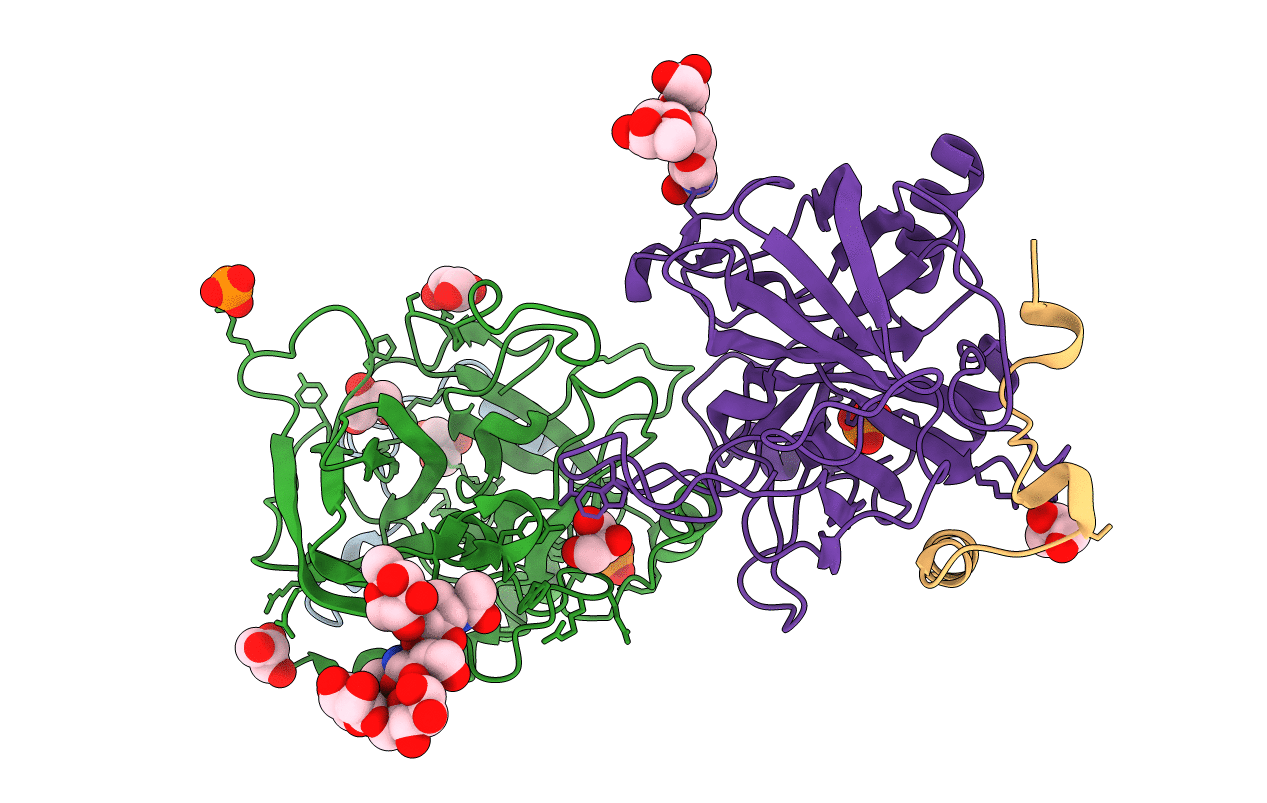
Deposition Date
2003-11-05
Release Date
2004-05-04
Last Version Date
2024-11-13
Method Details:
Experimental Method:
Resolution:
2.50 Å
R-Value Free:
0.25
R-Value Work:
0.22
Space Group:
P 21 21 21


